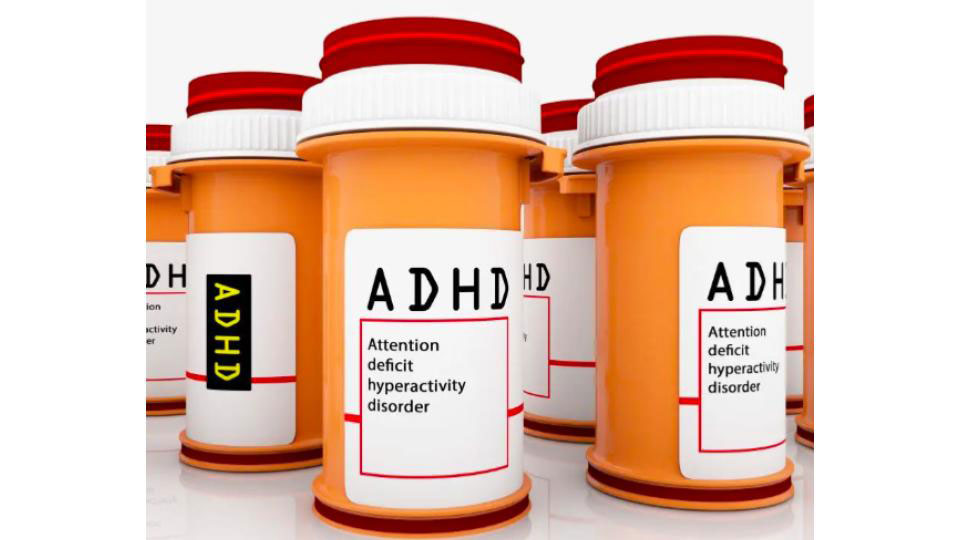Suicidal Thinking

Recognizing signs and symptoms of suicidal thinking in children and adolescents is crucial for early intervention and support.
Symptoms
While not every young person will exhibit the same warning signs, here are some common indicators to watch for:
- Behavioral Changes: Withdrawal from family and friends. A decline in school performance or loss of interest in activities. Changes in sleep patterns (insomnia or excessive sleep). Loss of appetite or overeating.
- Emotional Signs: Persistent sadness, irritability, or mood swings. Increased anxiety or agitation. Feelings of guilt or shame.
- Verbal Clues: Expressing a desire to die or talking about suicide. Saying they feel hopeless, trapped, or that they’re a burden to others. Making direct or indirect statements like “I can’t take it anymore” or “I wish I were never born.”
- Social Isolation: Avoidance of social interactions. Loss of interest in hobbies, sports, or other activities they once enjoyed. Cutting off communication with friends and family.
- Self-Harm: Evidence of self-harming behaviors like cutting or burning. Possession of items for self-harm (e.g., razors, pills).
- Substance Abuse: Increased use of alcohol or drugs.
Impact
The impact of suicidal thinking on children and adolescents can be devastating. It can lead to self-harm or suicide attempts, which, in some cases, can be fatal. Even when a suicide attempt is not fatal, it can result in physical and emotional trauma. It also affects the mental and emotional well-being of the young person and their loved ones.
Treatment
Treatment for suicidal thinking in children and adolescents typically involves a combination of the following:
- Cognitive-behavioral therapy (CBT) is often used to help individuals recognize and change negative thought patterns and develop coping skills.
- Dialectical Behavior Therapy (DBT) can be effective for emotional regulation and reducing self-destructive behaviors.
- Medication: In some cases, medication may be prescribed, especially if there is a co-occurring mental health condition, such as depression or anxiety.
- Supportive Family and Friends: Creating a supportive and understanding environment is essential. Encourage open communication and offer emotional support.
- Safety Planning: Develop a safety plan that outlines what to do in case of a crisis and includes emergency contacts.
Related Blogs

Treating OCD at STEPS
Treatment Options Obsessive-compulsive disorder treatment may not result in a cure, but it can help


Types of Obsessive Compulsive Disorder
Obsessive Compulsive Disorders can be of many types, but usually they can fit into the

Obsessive Compulsive Disorder Overview, Symptoms and Prevalence
Overview OCD is not just liking things neat. It is a debilitating disorder which causes

Treating ADHD at Steps : Therapy
The Role of Therapy Therapy is a critical part of treating ADHD. Therapeutic interventions focus

Treating ADHD at Steps : Medication
Types of ADHD Medication There are several kinds of ADHD medications. They affect the way
